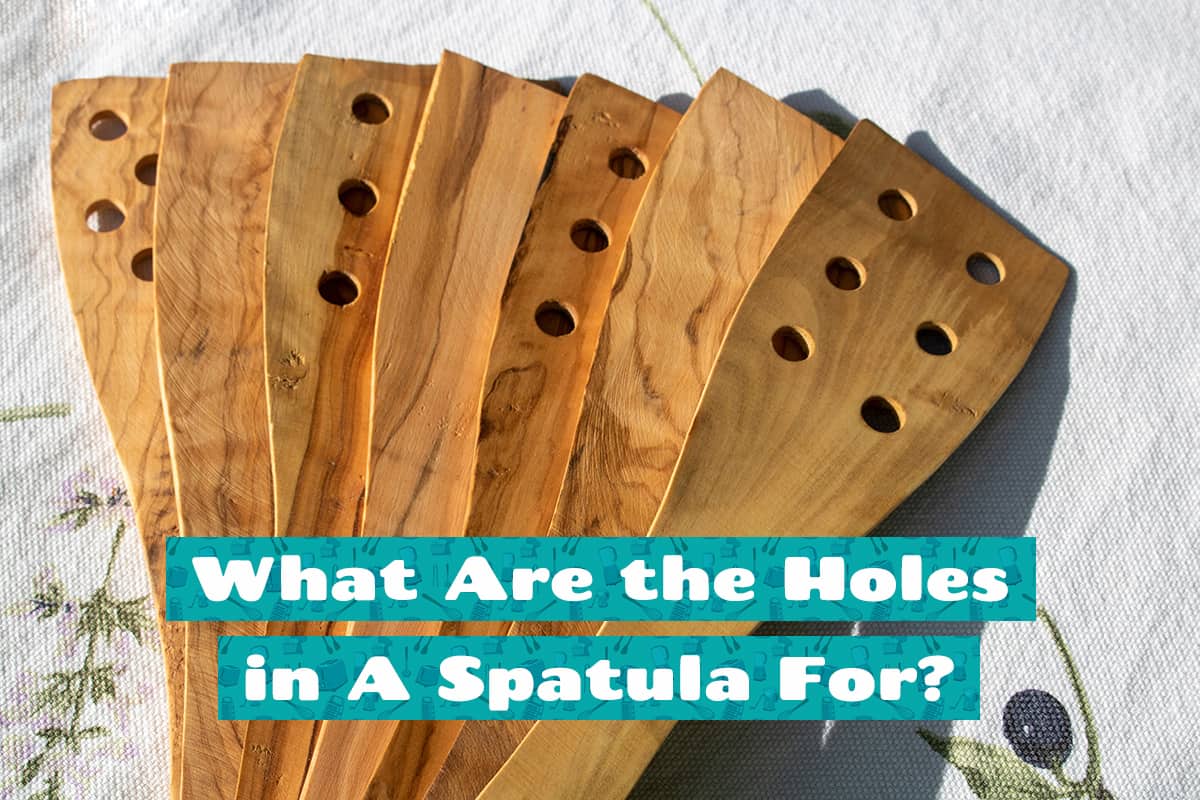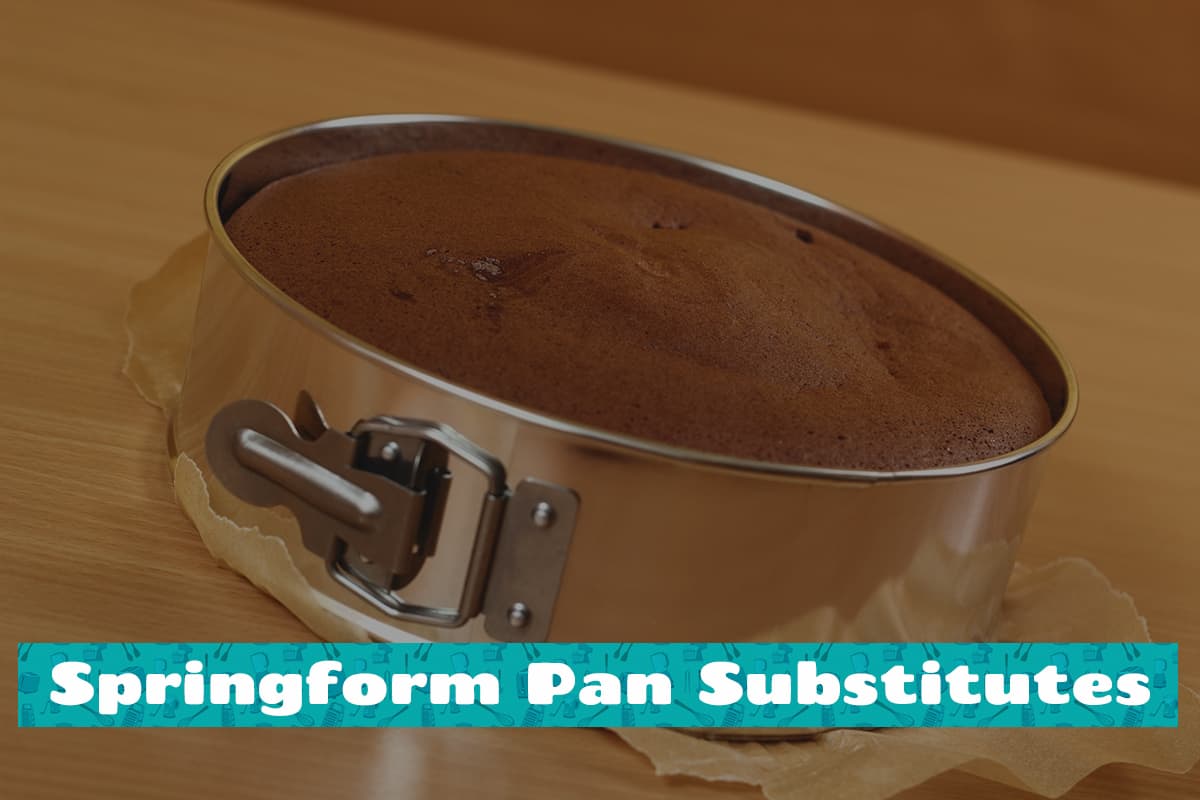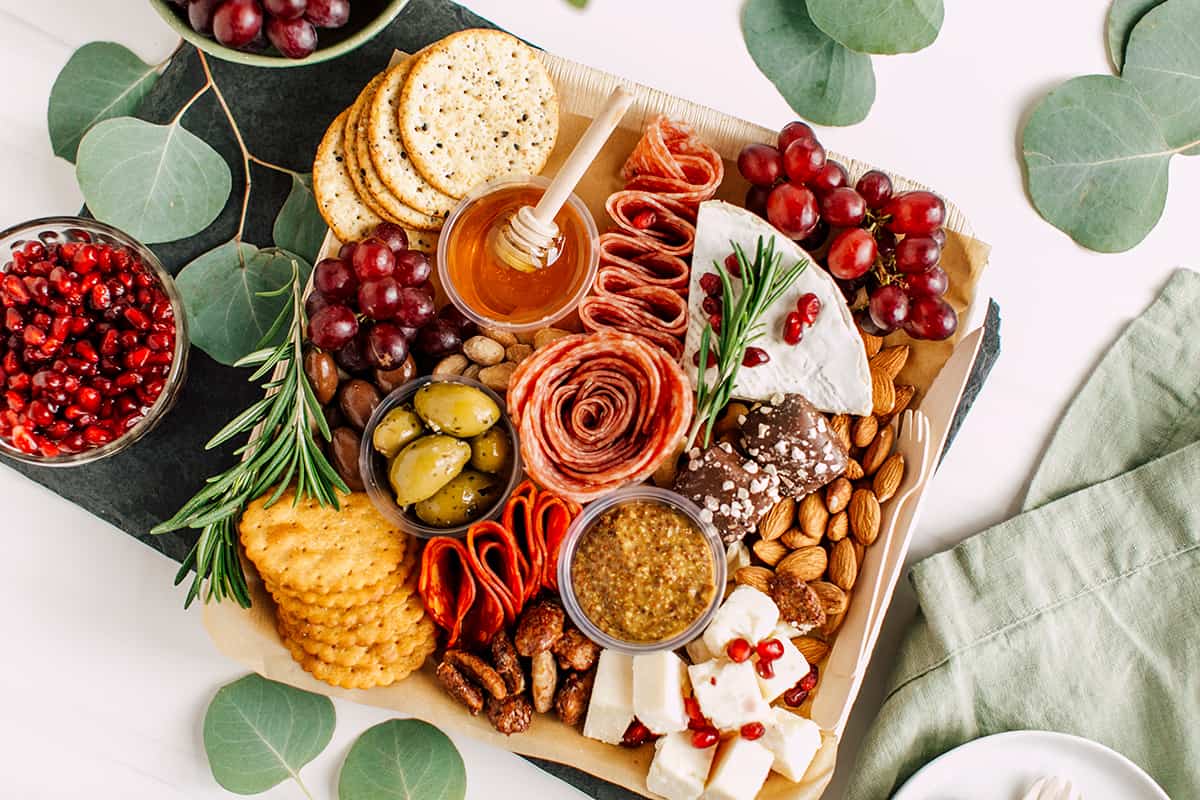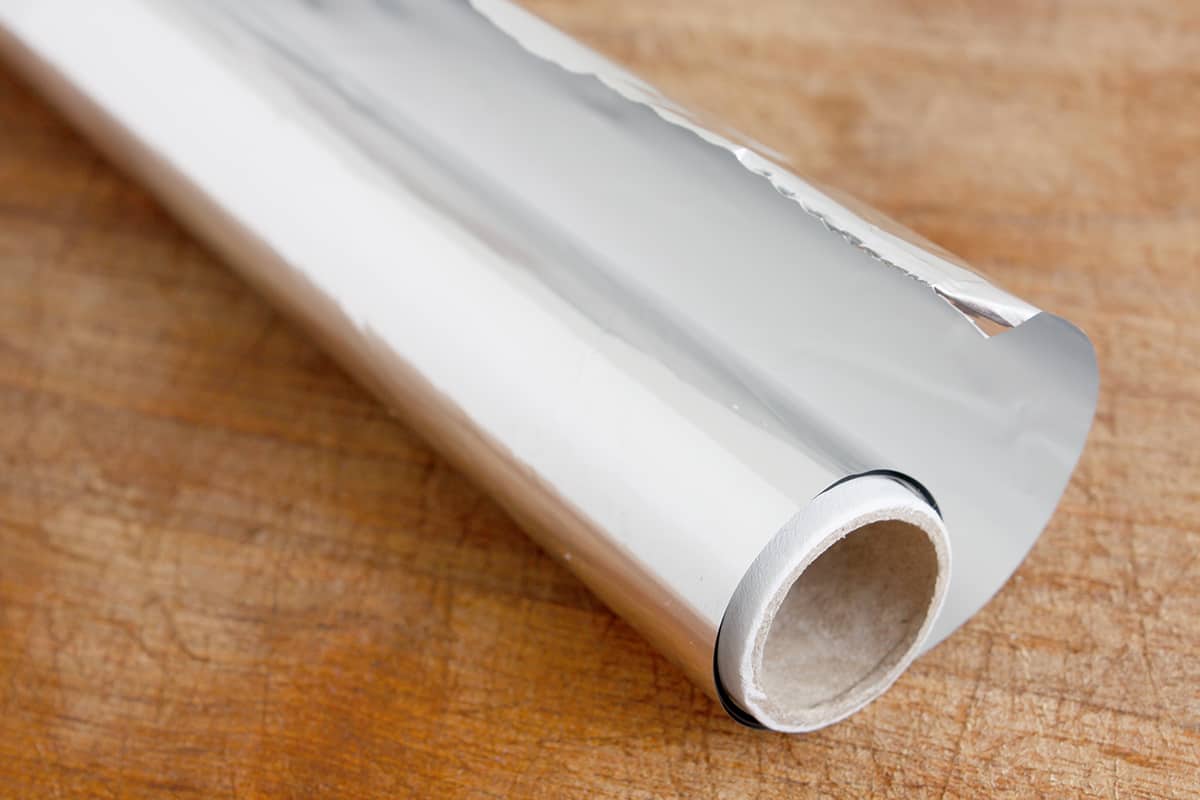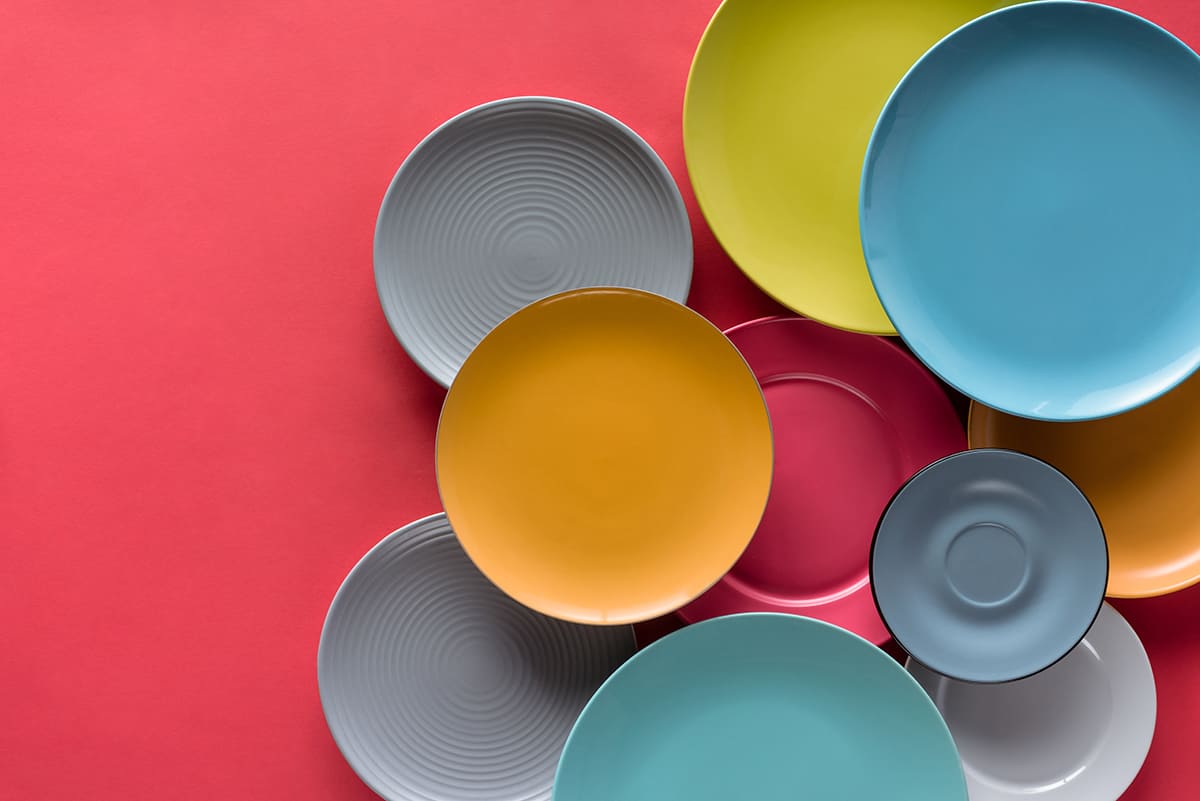Every kitchen, from a cozy apartment to a grand mansion, boasts a spatula. They flip, they lift, and they mix. Yet, many of us glance over a small but intriguing aspect: those peculiar holes!
The holes in a spatula are primarily for draining excess liquid to keep your food crisp. They also help in maintaining even cooking by allowing heat to pass through. Meanwhile, some spatulas are solid, often for scraping or spreading.
This guide will take you through the exhilarating world of spatulas. We’ll look at various spatula types and how to choose the right spatula for the job.
History of the Spatula

Once a rudimentary cooking tool, spatulas have stirred up quite a history!
Tracing back to 3000 BC, spatulas were initially made from flat pieces of wood. Ancient civilizations, like the Greeks and Romans, used them for serving food and for medicinal purposes. The word “spatula” is even borrowed from the Latin word “spatha,” meaning a broad, flat tool or weapon.
The journey from wooden pieces to today’s sleek designs is fascinating. By the 16th century, metal became a popular material, especially in Europe. It wasn’t long before creative minds began poking holes, realizing their genius for draining foods. The 20th century saw the rise of silicone spatulas, with their heat-resistance and flexibility making waves in kitchens everywhere.
Purpose of Spatula Holes
The mysterious holes on your spatula aren’t there for show! They’ve got a job, and they do it well.
1. Draining Excess Liquid
You know that sizzling sound when you’re frying up some bacon or flipping pancakes? Those holes come to the rescue, acting like mini drainers. As you lift your food, excess oils and liquids drip away, giving you a crispy and non-soggy result. So, those pancakes come out just right, not swimming in butter or syrup.
2. Maintaining Even Cooking
Heat loves to travel, and it’s always on the move. Those holes in the spatula let heat pass right through, helping foods cook evenly. So, whether you’re cooking a delicate piece of fish or giving a veggie stir-fry a good toss, those holes help ensure no part gets left in the cold.
3. Reducing Oil Splash
When hot oil meets cold food, things can get splashy. Those spatula holes minimize the surface area, meaning less oil gets trapped and then decides to pop back out. Fewer oil splatters mean screams of pain and definitely fewer band aids.
Types of Spatulas and Their Unique Holes
Not all spatulas are created equal, and if you ever thought spatulas were one-size-fits-all, think again!
1. Flat Spatulas

Welcome the most common spatula in the crew: the flat spatula. These guys are typically made of metal or plastic and feature broad holes. Great for flipping burgers, pancakes, and other larger food items, the broad holes let that excess oil or batter escape, making sure you don’t end up with a soggy mess on your plate.
2. Fish Spatulas
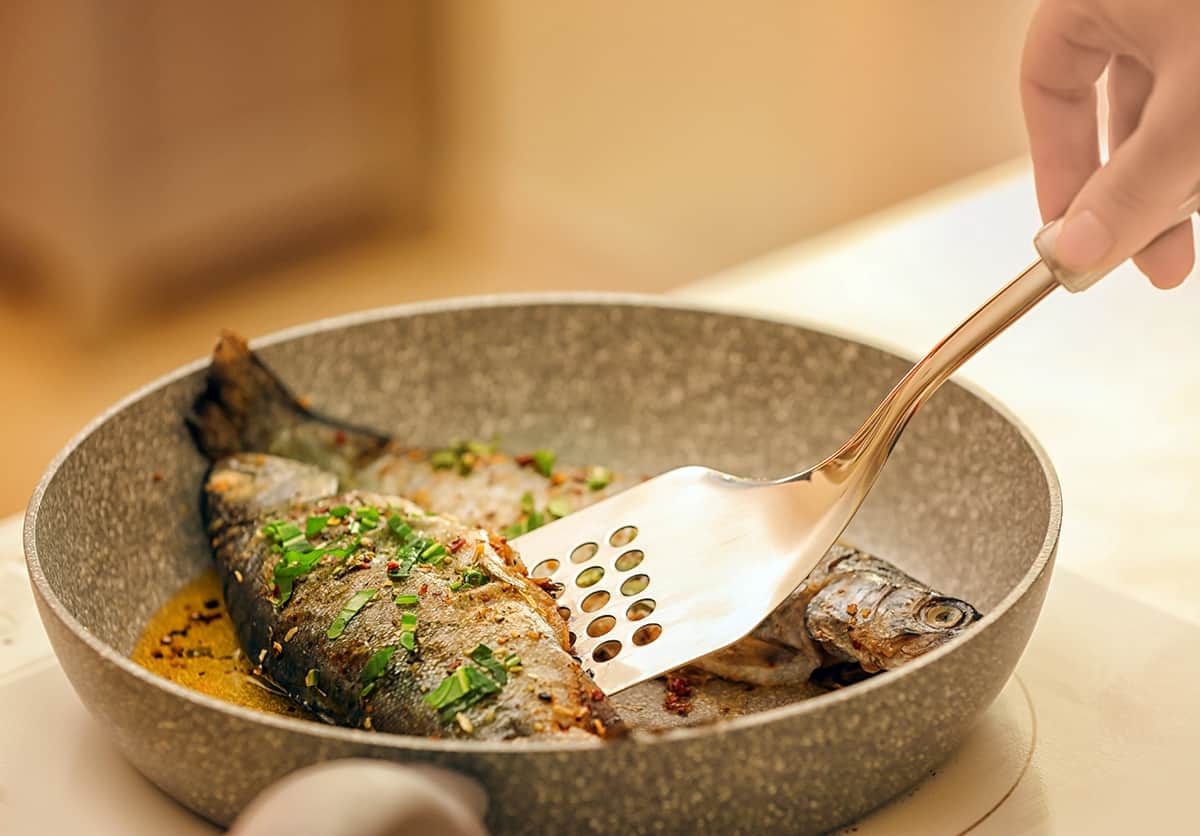
The fish spatula is all about those elongated holes and a slimmer design. Fish can be super delicate, so these spatulas let you flip that salmon or trout without it breaking apart. The elongated holes ensure that the delicious juices stay with your fish, but any excess oil or sauce gets the boot.
3. Silicone Spatulas
![]()
Silicone spatulas are flexible wonders that often have tiny holes or perforations. Ideal for folding in ingredients, scraping bowls, or stirring sauces, their holes allow for easy mixing without trapping food. And since silicone can withstand high temperatures (up to 450°F), you won’t have a meltdown—in the pan or emotionally!
4. Wooden Spatulas
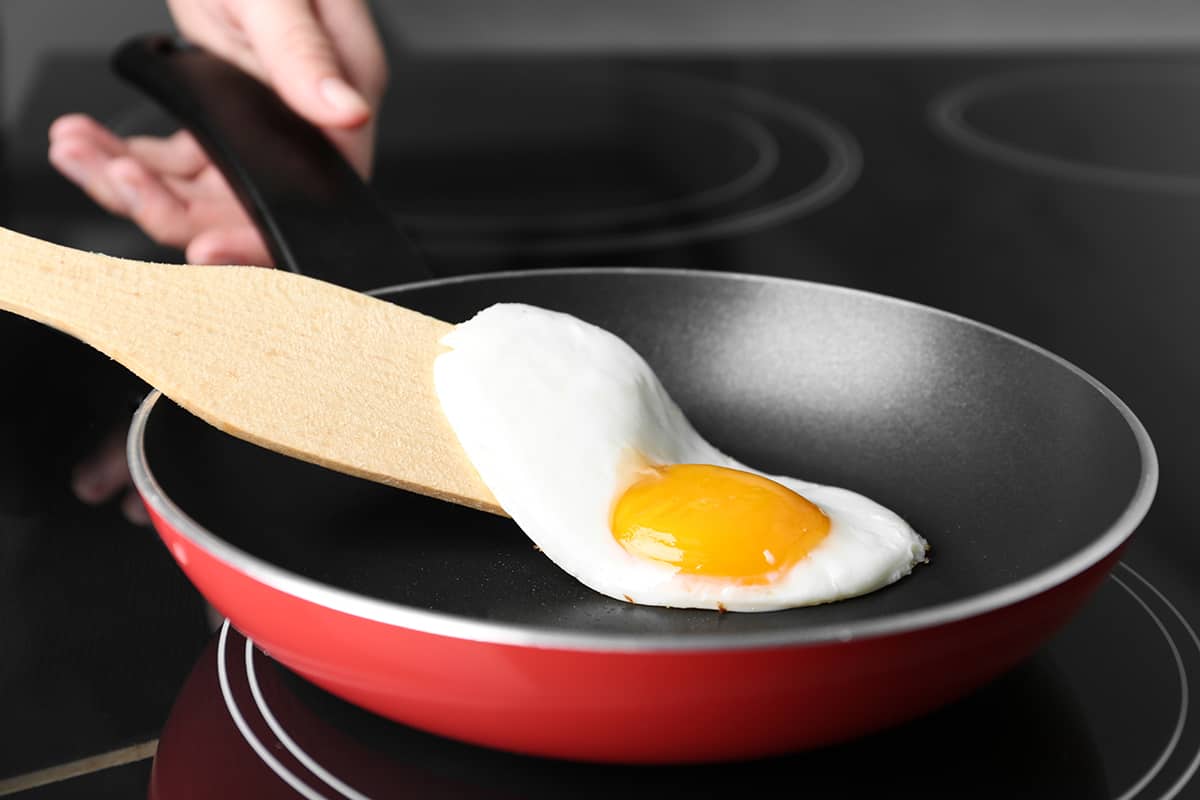
If you’ve got a thing for all things rustic, wooden spatulas might just tickle your fancy. Often featuring slits instead of round holes, these spatulas are champs at stirring and sautéing. The slits help in combining ingredients and allow sauces or liquids to pass through, ensuring your food isn’t swimming in the pan.
5. Slotted Turner
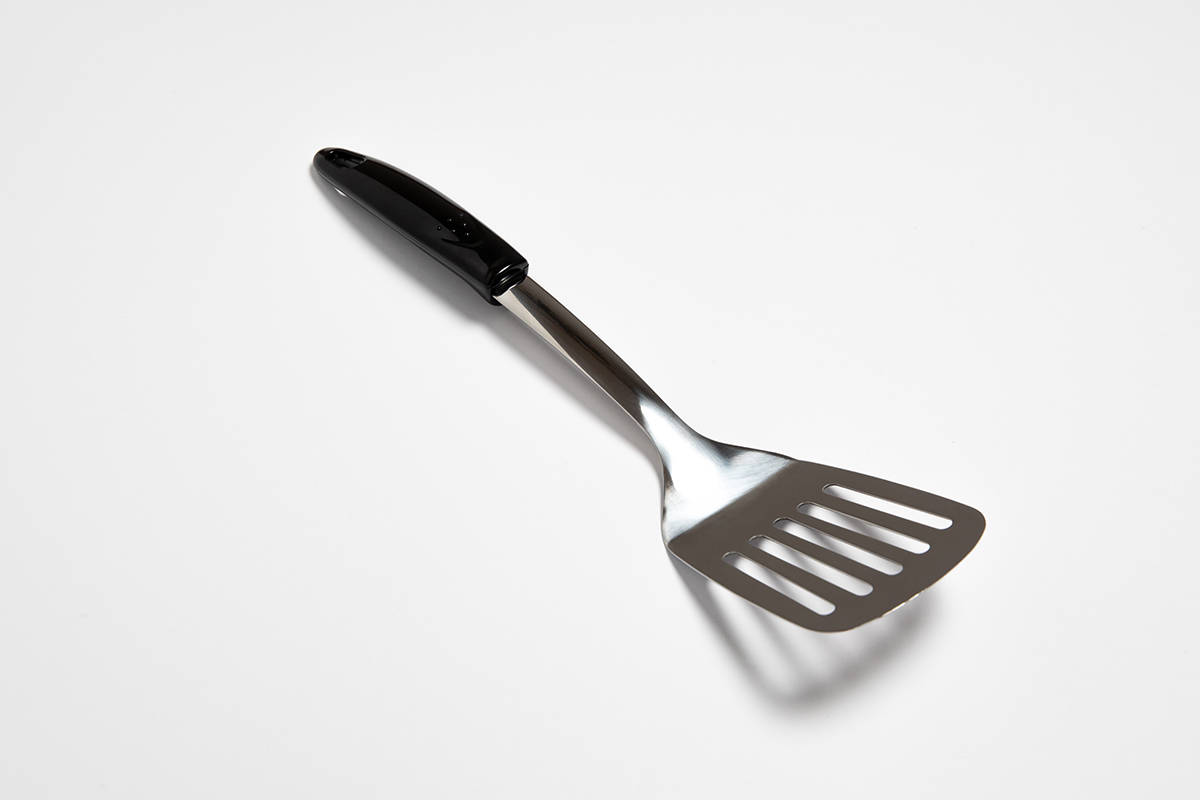
Resembling flat spatulas, slotted turners sport elongated slots instead of round holes. These are super versatile, perfect for flipping, turning, and transferring food. Those slots do a fab job of draining juices and fats, making them a go-to for frying and grilling.
6. Rubber Spatulas
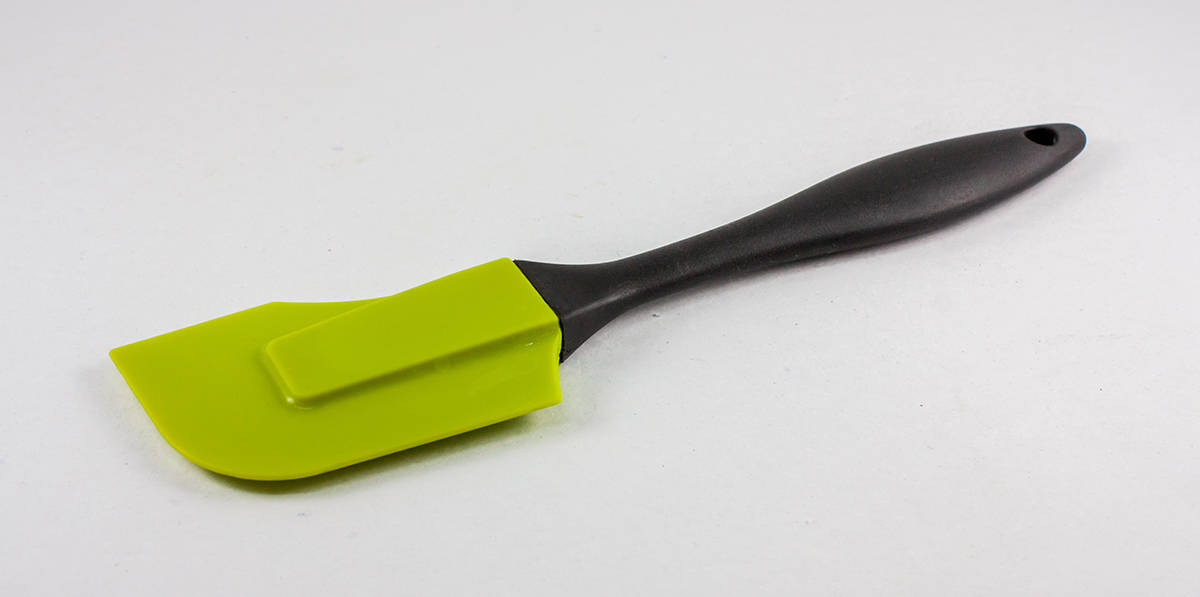
With no holes in sight, rubber spatulas get every last drop. They’re super-flexible and perfect for scraping down bowls, so not a smidgen of cake batter goes to waste. And when it comes to folding ingredients, they do it with panache.
7. Pastry Spatulas
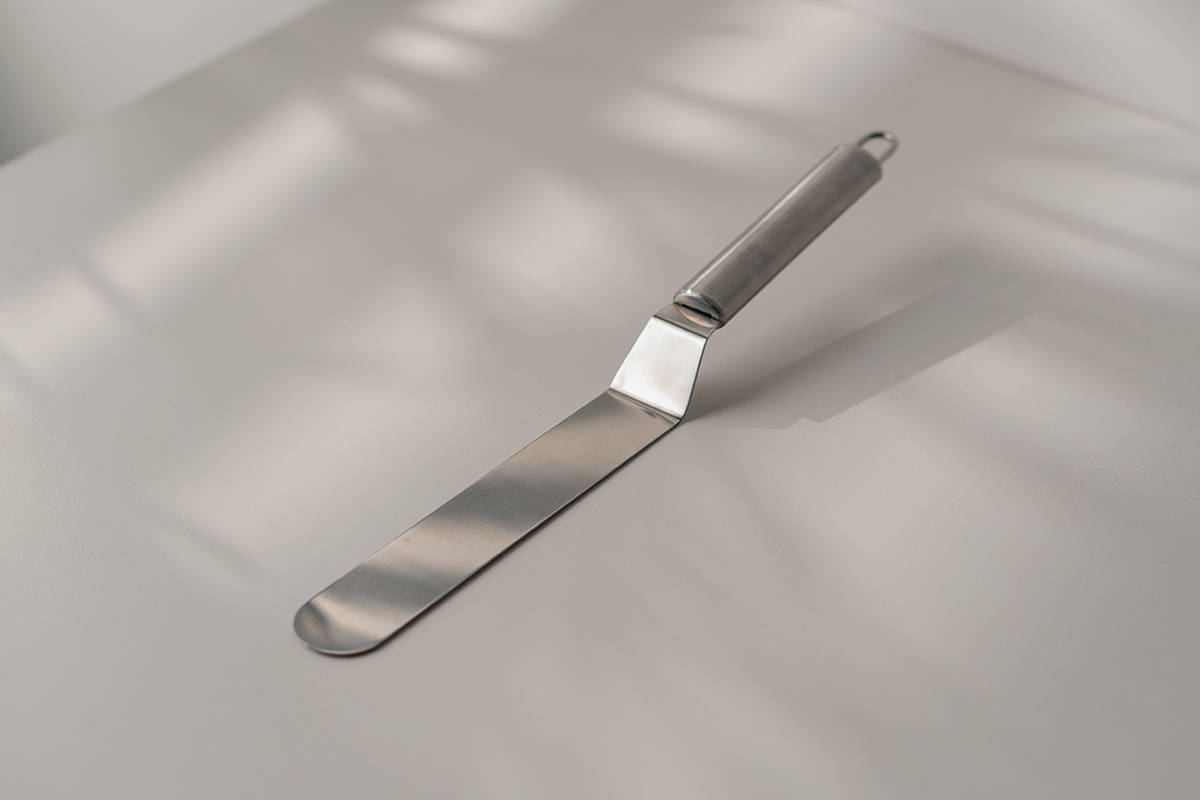
Pastry spatulas are flat, long, and don’t have holes. They’re all about that smooth action, helping you spread frosting or cream with finesse. Want a cake that looks straight out of a magazine? These spatulas belong in your kitchen arsenal.
